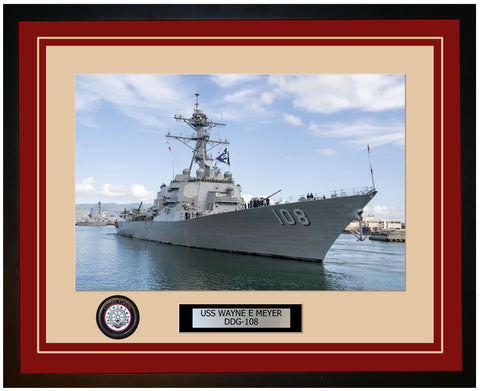

It can move at speeds of 58 kph (36 mph) and stay at sea for a quarter of a century at a time (provided it's regularly supplied), having virtually no limit on the distance it can cover. Of course, the oldest is the Nimitz and the youngest is the Bush, which was commissioned in 2009.Īs the second-oldest, the Eisenhower is next in line with the largest number of arrested landings, 326,600 at the time the Navy announced Nimitz's achievement a couple of days ago.Īs for its other capabilities, the Nimitz is a nuclear carrier (with two reactors) that displaces over 100,000 tons. Stennis, Ronald Reagan, and Theodore Roosevelt. The Nimitz is the flagship of its own class of aircraft carriers that includes an extra nine ships, divided into three subclasses: Abraham Lincoln, Carl Vinson, Dwight D. The plane that happened to forever be tied to arrested landing number 350,000 is an F/A-18F Super Hornet deployed with the Strike Fighter Squadron 22 Fighting Redcocks (VFA 22). The milestone was reached on April 22, as the ship sailed in the waters of the South China Sea. To give you an idea of what that means, consider that if we are to do an average, the ship had 7,291 landings per year of service. It is also the first of its kind to reach so many successful arrested landings. The Nimitz (CVN 68) is currently the world's oldest-serving aircraft carrier. It means each successful arrest is actually a safe airplane landing, and in the case of the Nimitz, that happened 350,000 times until now. Now, almost half a century later, the counter has reached 350,000 such events, and that's some sort of an unofficial record.Īn arrested landing takes place when an aircraft's wheels hit the deck of a carrier and a hook at its rear snatches one of the cables snaking across the surface. Navy three years later and that same year, in 1975, it nailed its first arrested landing.
Uss wayne e. meyer photox free#
Navy‘s largest forward-deployed numbered fleet, and routinely interacts and operates with Allies and partners in preserving a free and open Indo-Pacific region.The Nimitz was launched in 1972. Nimitz’s embarked air wing consists of the “Fighting Redcocks” of Strike Fighter Squadron (VFA) 22, “Mighty Shrikes” of VFA-94, “Kestrels” of VFA-137, “Blue Diamonds” of VFA-146, “Sun Kings” of Carrier Airborne Early Warning Squadron 116, “Cougars” of Electronic Attack Squadron 139, “Battlecats” of Helicopter Maritime Strike Squadron 73, “Screamin’ Indians” of Helicopter Sea Combat Squadron 6 and “Providers” of Fleet Logistic Support Squadron 30. NIMCSG consists of the aircraft carrier USS Nimitz (CVN 68), Carrier Air Wing (CVW) 17, the Ticonderoga-class guided-missile cruiser USS Bunker Hill (CG 52), DESRON 9, and the Arleigh Burke-class guided-missile destroyers USS Decatur (DDG 73), and USS Wayne E. Under the strong U.S.-Japan alliance, the naval forces of our two countries are tirelessly strengthening their deterrence and response capabilities to respond immediately to any contingency through bilateral exercises such as this one." Navy and JMSDF routinely operate together to improve interoperability in support of maintaining peace and stability in the Indo-Pacific.Ĭommander of Escort Division 6, Captain YOKOYAMA Shigeki, who assumed command of the Japanese side, said, "Through this bilateral exercise, we were able to improve the tactical capabilities of our units and their interoperability with the U.S. “This Alliance has never been stronger or more important as we remain resolute to fly, sail, and operate wherever international law allows.” Christopher Sweeney, commander, Carrier Strike Group 11. “Our partners in the Japan Self-Defense Forces are incredibly important Allies, and it is essential that we continue to integrate and train together to expand interoperability and strengthen our capabilities,” said Rear Adm. This is the second time NIMCSG has worked with the JMSDF on its deployment, with commodore, Destroyer Squadron (DESRON) 9 embarking on JS Asagiri (DD 151) February 22 for an operational planning meeting.

JMSDF staff members embarked on Nimitz in support of integration and exercise execution.

Meyer (DDG 108), and USS Decatur (DDG 73) cooperated in anti-submarine drills, air defense exercises, helicopter cross deck landings, and integrated maritime fires training with JS Ise (DDH-182). PHILIPPINE SEA - The Nimitz Carrier Strike Group (NIMCSG) conducted a bilateral maritime exercise with the Japan Maritime Self-Defense Force (JMSDF), March 23-26.


 0 kommentar(er)
0 kommentar(er)
